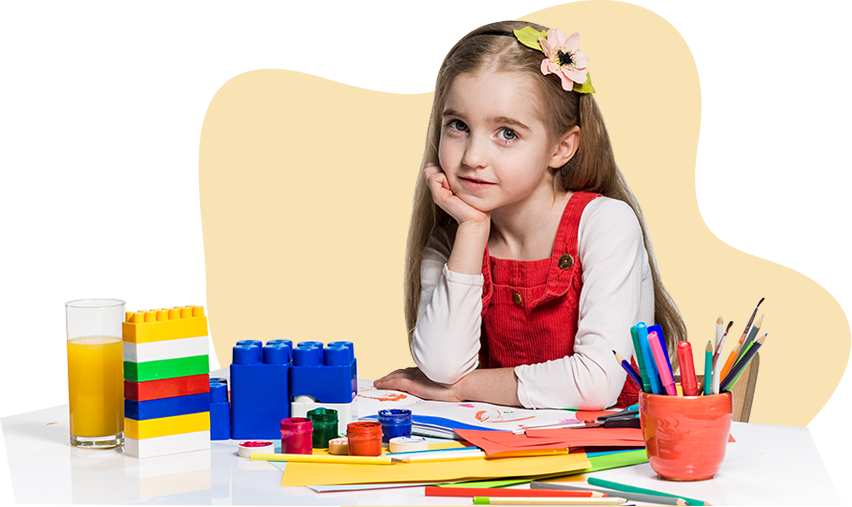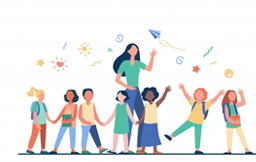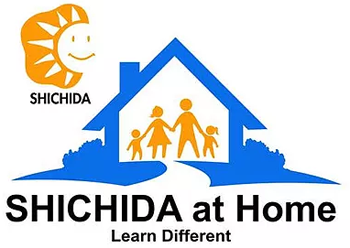
What is Shichida Method?
The Shichida Method aims to improve cognitive skills and enhance neural development in children by providing a comprehensive and stimulating environment. This is achieved through a range of exercises and activities that are designed to stimulate both the left and right hemispheres of the brain.
Some of the ways the Shichida Method promotes cognitive skill development include:
- Sensory Stimulation: Exercises that involve visual, auditory, and touch stimulation help to enhance neural connections in the brain and improve cognitive abilities such as memory, attention, and perception.
- Music and Rhythmic Movement: Music and rhythmic movement activities are used to stimulate the brain and improve coordination, rhythm, and auditory processing.
- Right Brain Training: Exercises that focus on developing the right hemisphere of the brain, such as drawing, puzzles, and mnemonics, help to improve visual, spatial, and creative abilities.
- Whole Brain Training: The method combines left brain (logical and analytical) and right brain (creative and intuitive) training to help children develop a balanced, holistic perspective and a strong foundation for learning and academic success.
















